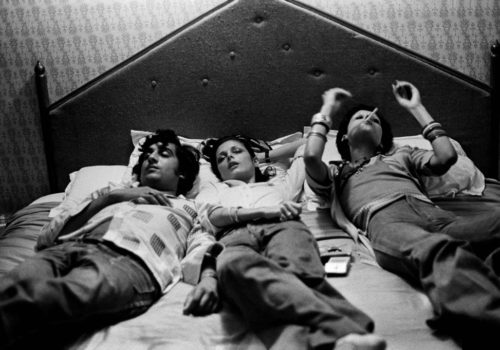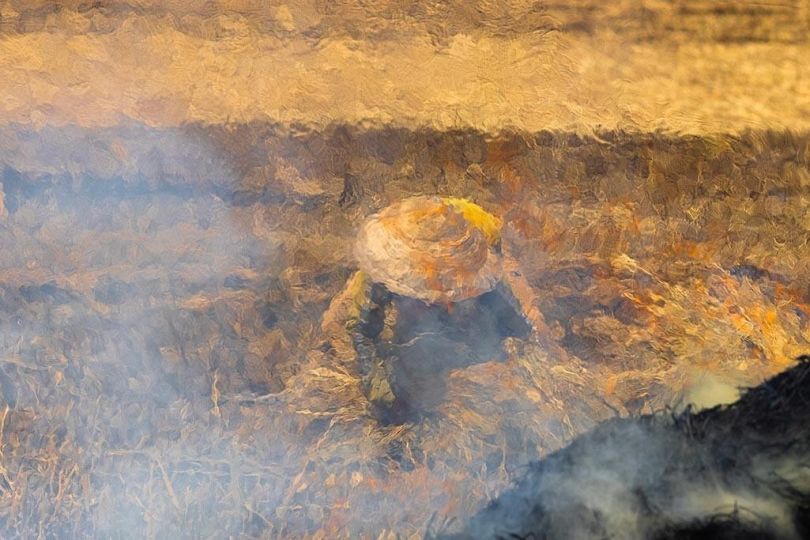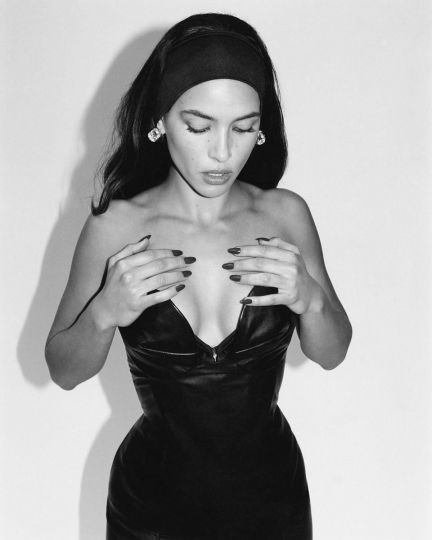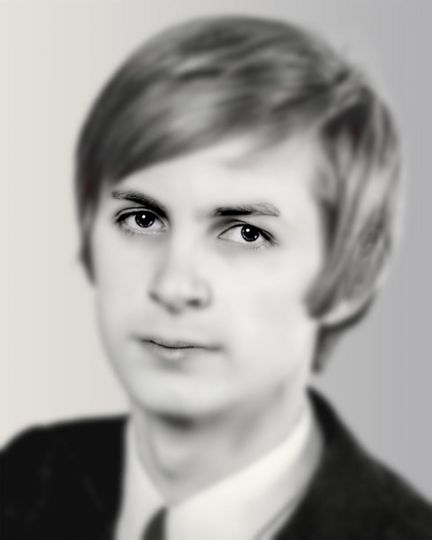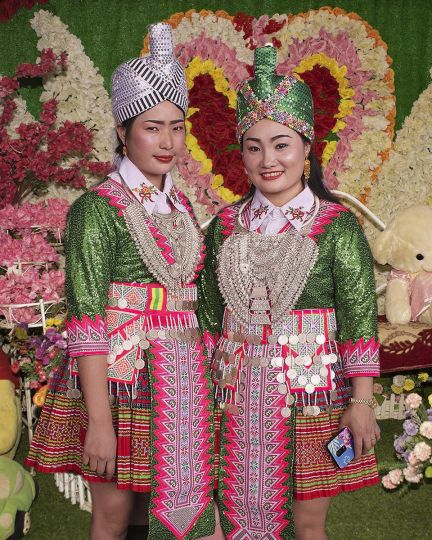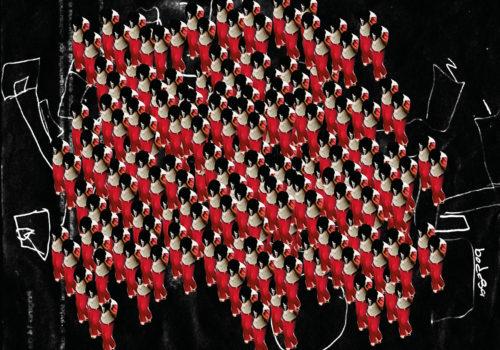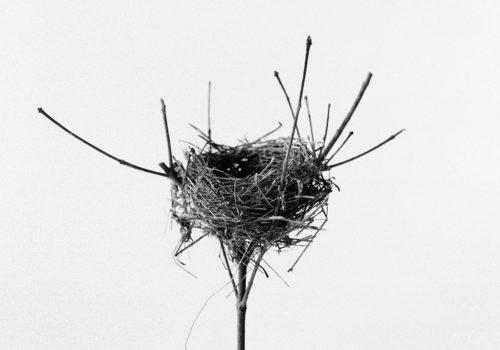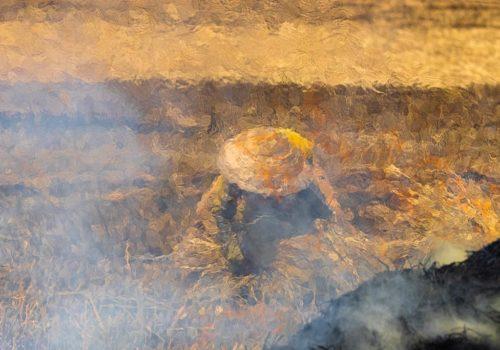Pablo Bartholomew, who covered photo stories for me at Time Magazine, and is a legendary photojournalist who has won a World Press award for a powerful story on morphine addicts and the World Press Photo of the Year for his photograph of a dead child after the Bhopal chemical tragedy of 1984, takes us back to his youth in the India of the 1970s in this exhibition of gritty black & white photographs at the Thomas Erben Gallery in Chelsea, New York until June 20th.
At the formative age of 17, just as he was beginning to find his unique voice in photography, Bartholomew started this project long before he became a renowned documentary photographer. At this beginning, he photographs his friends and their artistic culture at a time when India still had many older social rules under their socialist system but as it was also embracing newer ideas from the West. He and his friends experimented in the arts: theatre, poetry, photography, and the alternative cultural scene with happenings, drugs and events that explored their new sense of expanding boundaries as they forged new artistic vision for India. His intimate view inside their world would probably never have been seen if he had not recorded it, much in the same way that Nan Goldin and Larry Clark recorded and shared the private world of their friends or the way Eugene Richards recorded his powerful yet disturbing stories.
In the United States at the same time, I remember Cindy Sherman was learning to photography at Buffalo State College in New York State. In nearby Rochester, New York, Visual Studies Workshop would be founded as a new center that launched the careers of many notables in the world of photography. Photography galleries were just starting to get their footing and news magazines were realizing the vast power of photography in their pages. It was the start of the golden age of photography that we know today.
Bartholomew’s stark, moving images, made, often, in poor light conditions, perceptively reveal those Indian years of unease and escape during a seismic transition in India as young artists were moving into new areas of expression and finding their voices.
We see the innocent Bartholomew, in 1975, confronting himself in a New Delhi mirror. We see grungy, dark rooms with the young, next generation, hanging out, sometimes in a drug induced stupor, discussing the future, in rooms filled with cigarette smoke and other vapors. There are blissed out people on beds; dancers in sweet abandoned; gentle, and loving portraits. All are intimate records, revealing of that special time of change when Bartholomew and his friends were charting the new artistic landscape of India.
Bartholomew also points his camera at the raging ocean off Bombay, a powerful evocation of an uncertain and turbulent future. But from his apartment balcony in New Delhi he sees in the dark, foreboding night, a white line of light leading into the distance with its promise of a bright future.
These photographs give us an unparalleled view into a unique moment in Indian history as a young developing man, with a camera, documented, from the inside looking out, this moment of transition as the next generation of artists found their way out of the past and into an exciting and profound future.
EXHIBITION
Pablo Bartholomew
Outside In
May 15 – June 20, 2015
Thomas Erben Gallery
526 West 26th Street, Floor 4
New York 10001
USA
[email protected]
http://www.thomaserben.com
http://www.pablobartholomew.com

